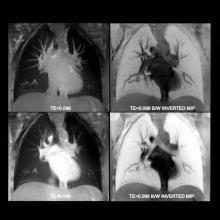Annual breast cancer screening is a chapter many women are hesitant to add to their personal medical history books. Undergoing frequent mammograms and other imaging exams means growing that mid-life medical history, often in a complicated way. In breast health, access to prior exams is critical in determining if and how the images have changed. Radiologists and other specialists — typically at separate locations — require access to a detailed patient history in providing optimal, safe care. Patients, too, must be proactive about their own screening and care decisions, especially considering risks of radiation dose and other clinical treatments.





